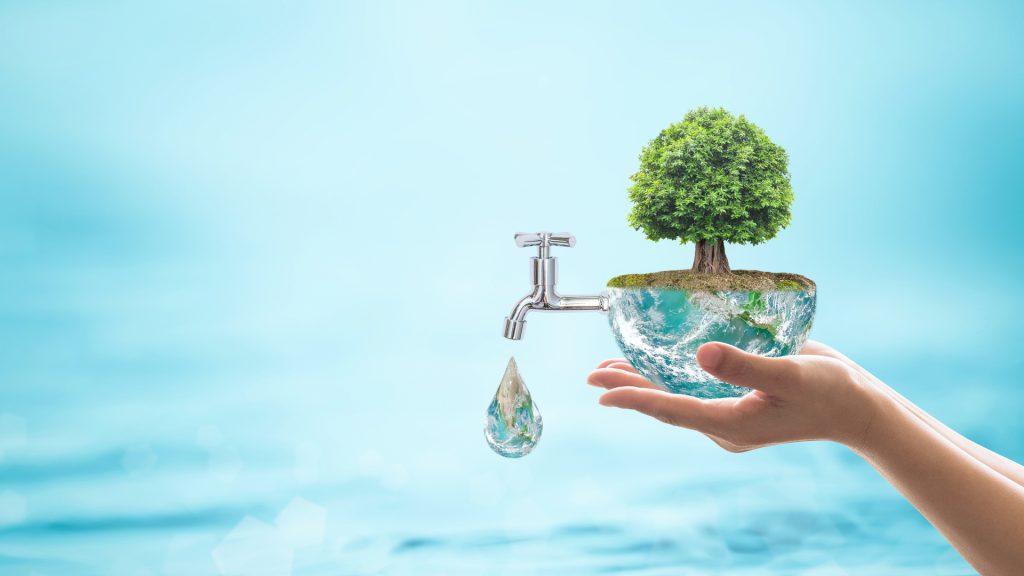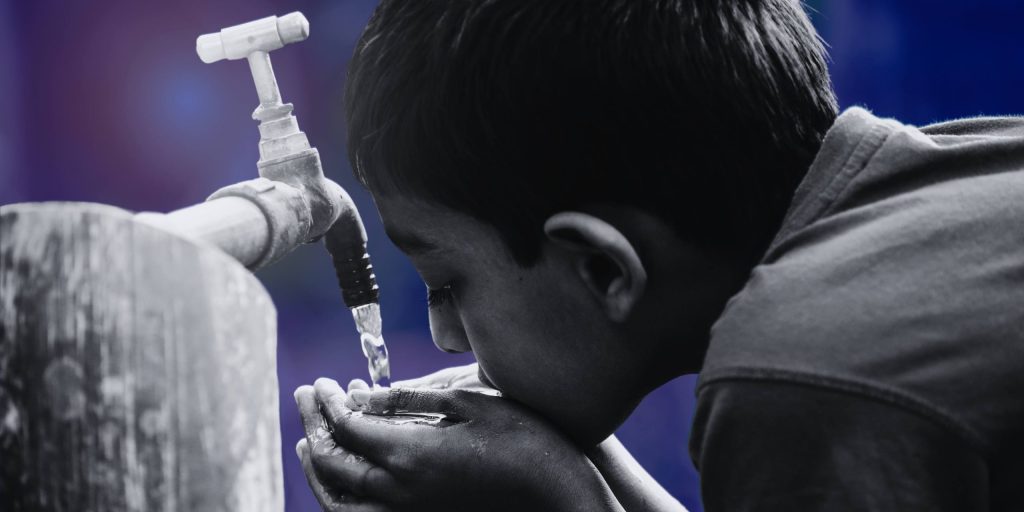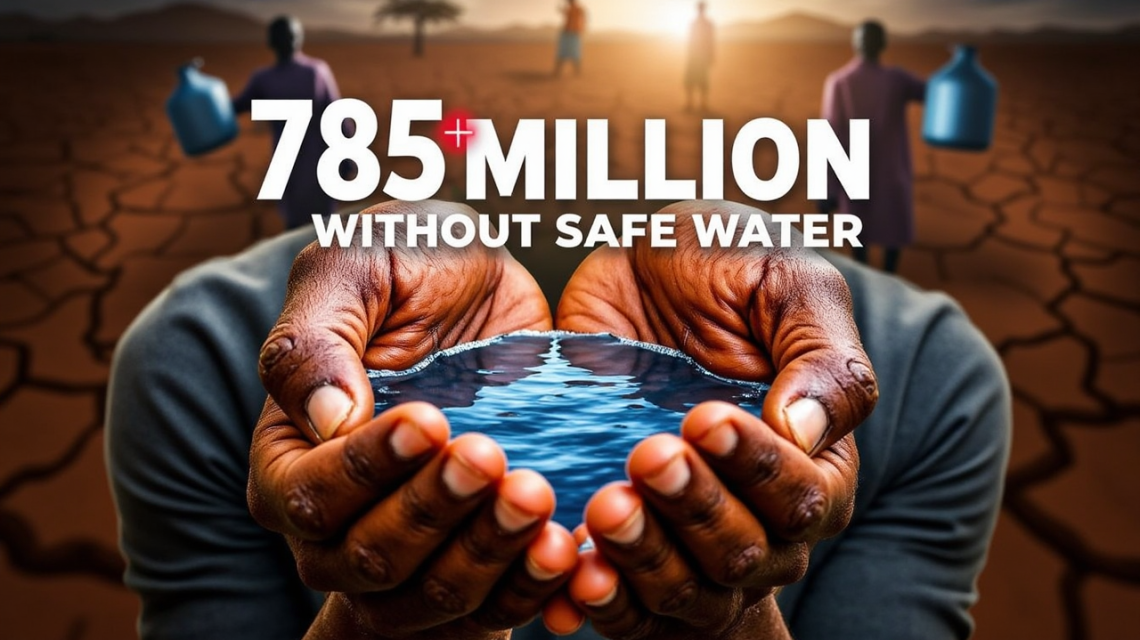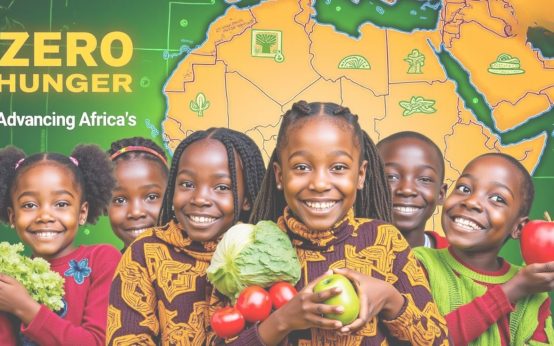Dream a world where you couldn’t simply Safe Water turn on a tap and get clean water. Dream walking for hours, carrying heavy containers, just to find water that might make you sick. This is the reality for 785 million people around the world. They live without access to safe water. This is not just a problem; it’s a crisis that overhang their health, dignity, and hope.
This Reality:
For many, safe water is a luxury. They rely on rivers, ponds, and wells that are often polluted with bugs , viruses, and chemicals. This dirty water causes diseases like diarrhea, cholera, and typhoid. These illnesses are especially dangerous for children, who are more vulnerable. Every day, thousands of children die because they don’t have safe water to drink.
Impact on Health:
Disease: Dirty water is a breeding ground for diseases. People who drink it get sick often, and their bodies become weak. This makes them more likely to get other illnesses.
Malnutrition: When people are sick, they can’t absorb the nutrients they need from food. This leads to malnutrition, especially in children. Malnutrition makes them weak and stops them from growing properly.
Stunted Growth: Children who don’t have safe water often suffer from stunted growth. This means their bodies and brains don’t develop as they should.
This can affect their ability to learn and succeed in life.Increased Mortality: Unsafe water increases the amount of deaths in communities, especially children.
Impact on Dignity:
Burden on Women and Girls: In many places, women and girls are responsible for collecting water. This means they spend hours every day walking long distances, carrying heavy loads. This takes time away from school, work, and taking care of their families.
Lack of Sanitation: Without safe water, it’s hard to have proper sanitation. This means people don’t have access to toilets or ways to wash their hands. This leads to shame and embarrassment.
Limited Opportunities: When people are sick and spend their time collecting water, they can’t focus on other things. They can’t go to school, get a job, or improve their lives. This traps them in a cycle of poverty.
Impact on Hope:

Diminished Futures: When children are sick and can’t go to school, they lose hope for a better future. They see their families struggling and feel like they have no chance to succeed.
Community Strain: The lack of safe water can create tension and conflict within communities. People may argue over limited water sources.
Loss of Potential: When people are constantly struggling to survive, they can’t reach their full potential. The world loses out on their talents and contributions.
What Can We Do?
-This crisis is huge, but it’s not impossible to solve. Here are some things we can do:
-Invest in Infrastructure: We need to build wells, pipelines, and treatment plants to bring safe water to communities.
-Promote Hygiene Education: We need to teach people about the importance of handwashing and sanitation.
-Support Local action: We need to work with local communities to find solutions that work for them.
Raise Awareness: We need to tell the world about this crisis and encourage people to take action.
-Support organizations that work towards clean water: Many organizations are working hard to bring clean water to communities in need, donate, or volunteer if you can.
-Protect water: Every person can make a difference by restoring water in their daily lives.
Climate Change:
Random rainfall patterns, droughts, and floods are becoming more frequent and intense. These events pollute water sources, damage infrastructure, and disrupt water availability.
-Rising sea levels lead to saltwater intrusion in coastal areas, description freshwater sources unusable.
Poverty and Inequality:
-Those living in poverty are disproportionately affected due to limited access to resources and infrastructure.
-Marginalized communities, including indigenous populations and those in informal settlements, often lack political representation and are neglected in water management plans.
-Rapid Urbanization: Rapid growth of cities, especially in developing countries, puts immense pressure on existing water infrastructure.
-Slums and informal settlements often lack basic sanitation and water services, leading to widespread contamination.

Agricultural Practices:
-Intensive agriculture uses vast amounts of water and often leads to pollution from fertilizers and pesticides.
-Deforestation and land degradation reduce the capacity of watersheds to regulate water flow and filter pollutants.
Governance and Management:
-Weak governance, corruption, and lack of transparency in water management can lead to inefficient allocation and misuse of resources.
-Insufficient investment in water infrastructure and maintenance perpetuates the cycle of scarcity and contamination.
Conflict and Displacement:
-Armed conflicts and political instability disrupt water supplies and damage infrastructure.
-Displaced populations, including refugees and internally displaced persons, often lack access to safe water and sanitation.



 11th Session : Putting Children First Advancing Zero Hunger, Health, and Gender Equality in Africa’s Future
11th Session : Putting Children First Advancing Zero Hunger, Health, and Gender Equality in Africa’s Future
good!
good!
super!
good!